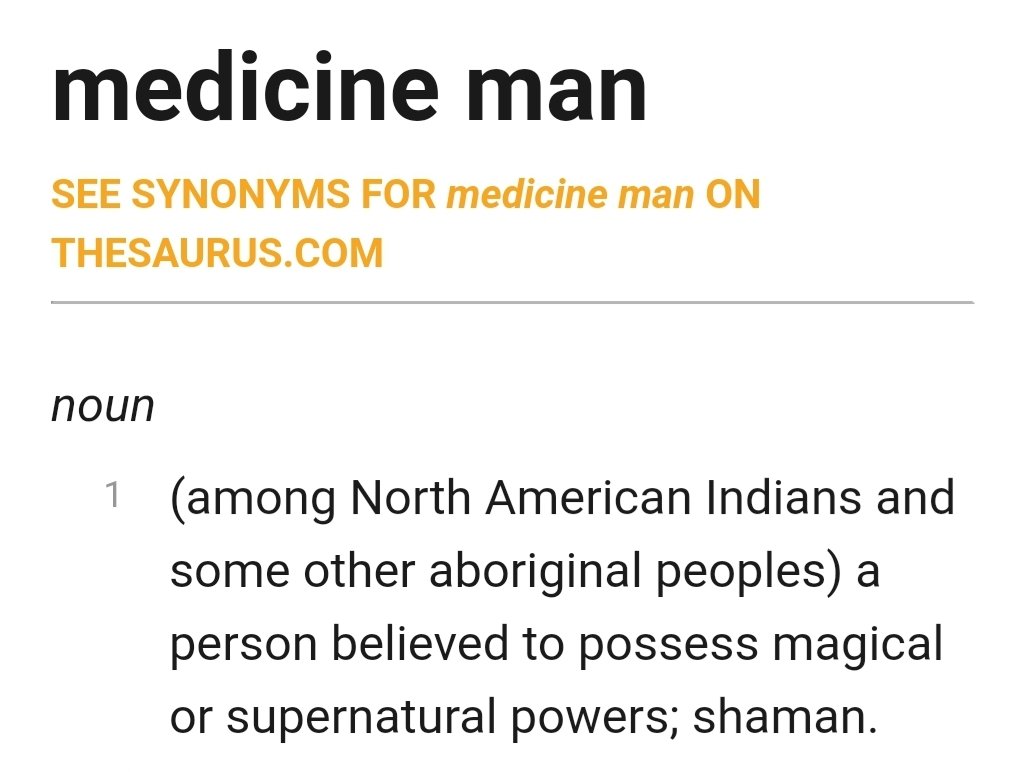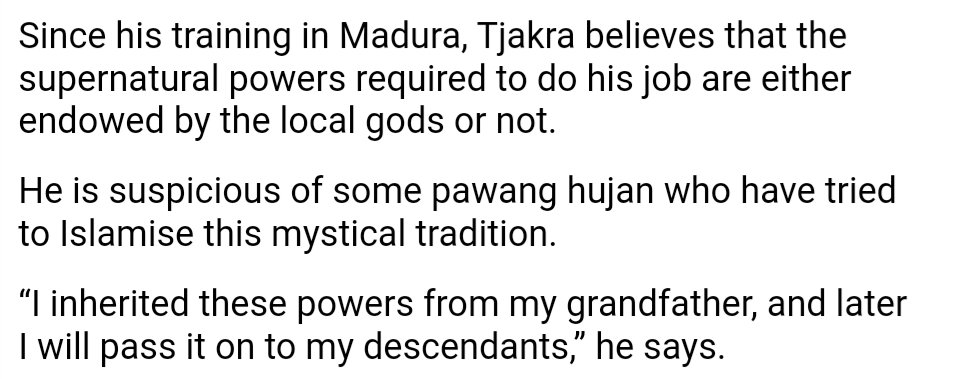coconuts.co/bali/lifestyle…
etymonline.com/word/shaman
cambridge.org/core/journals/…
dayakdaily.com/bomoh-remanded…
thestar.com.my/lifestyle/view…
....like those who think bangsa means "race"
wizardwong.blogspot.com/2014/11/thai-l…
milkblitzstreetbomb.com/silat/pencak-s…
bukuprima.com.my/info-Artikel/1…
nlb.gov.sg/biblioasia/201…
fortunetellerbali.com/implants-susuk…
latimes.com/archives/la-xp…
boombastis.com/ilmu-hitam-ind…
todayonline.com/world/asia/mal…
taipeitimes.com/News/world/arc…
Sources:
Mohd Taib Osman
Amde Sidik
Farouk Yahya
Mircea Eliade
A. Rafi

















